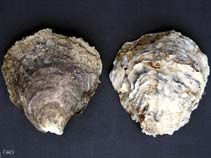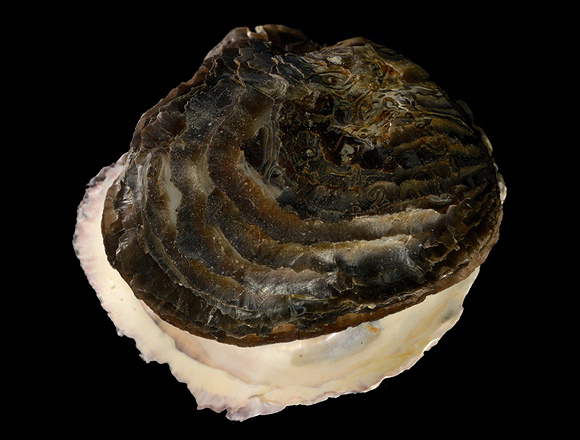

Common names for Oyster
Atlantic or Eastern oyster, cove oyster, American oyster
Other languages for Oyster
- French name: Huître Américaine
- Italian name: Ostrica della Virginia
- German name: Amerikanische Auster
Introduction to Oyster
Unlike the rest of the globe, where the Pacific oyster has mostly supplanted local oysters, America retains its indigenous oyster, the same one that nourished the Pilgrims at Plymouth Rock. Eastern oysters now account for two-thirds of the national oyster crop. While the majority of Pacific oysters are farmed, the majority of Eastern oysters are collected from wild beds in the Gulf of Mexico. Additionally, they are cultivated in Long Island Sound and some areas of Atlantic Canada. Due to the unique conditions connected with each grow-out location — nutrient levels in the water, salinity levels, and temperature — oysters vary in flavor from region to region and often carry the name of the place in which they were produced to identify their distinct flavor characteristics. Long Island Sound, for example, is home to the famous Blue Point. Additionally, there are the Chincoteagues, Apalachicolas, and Cape Cods, each with its own distinct personality. Oysters are collected with dredges or tongs from brackish, shallow water. Markets are typically 3 to 4 inches in diameter.
Product profile for Oyster
The Eastern oyster is noted for its meaty texture and unique salty flavor. Oyster meats, which are a little fatty, should be smooth and served with plenty of liquor (store cup-side down to retain the liquor). Eastern oysters have a relatively deep, elongated, rough, spoon-shaped shell with rose-colored streaks that is gray-white to gray-brown in hue. A light-colored fringe (the gill) and creamy to light-brown flesh can be found inside. Meat that has been cooked turns ivory. Tap the shell to see whether it’s alive; it should shut. The presence of a sulfur odor suggests the presence of a dead oyster. The liquid used to bag fresh shucked oysters should be transparent.
Cooking tips for Oyster
Oysters are delicate animals. They should never be heated for too long or too rapidly. They’re finished as soon as the mantle begins to curl. Try Oysters Rockefeller, which are grilled in their shells on salt pans and topped with bacon, breadcrumbs, butter, and scallions for a traditional appearance. Despite the fact that oysters are frequently served on the halfshell, persons in high-risk groups should avoid eating raw shellfish.
Nutrition facts for Oyster
Calories: 137 Fat Calories: 44.1 Total Fat: 4.9 g Saturated Fat: 1.5 g Cholesterol: 105 mg Sodium: 422 mg Protein: 14.1 g Omega 3: 1.2 g
Primary product forms for Oyster
Live Fresh: Halfshell, Shucked meats Frozen: Whole, Halfshell, Shucked meats Value-added: Smoked, Canned, Breaded, Fritters
Global supply for Oyster
Canada, France, Spain, United States, Iran